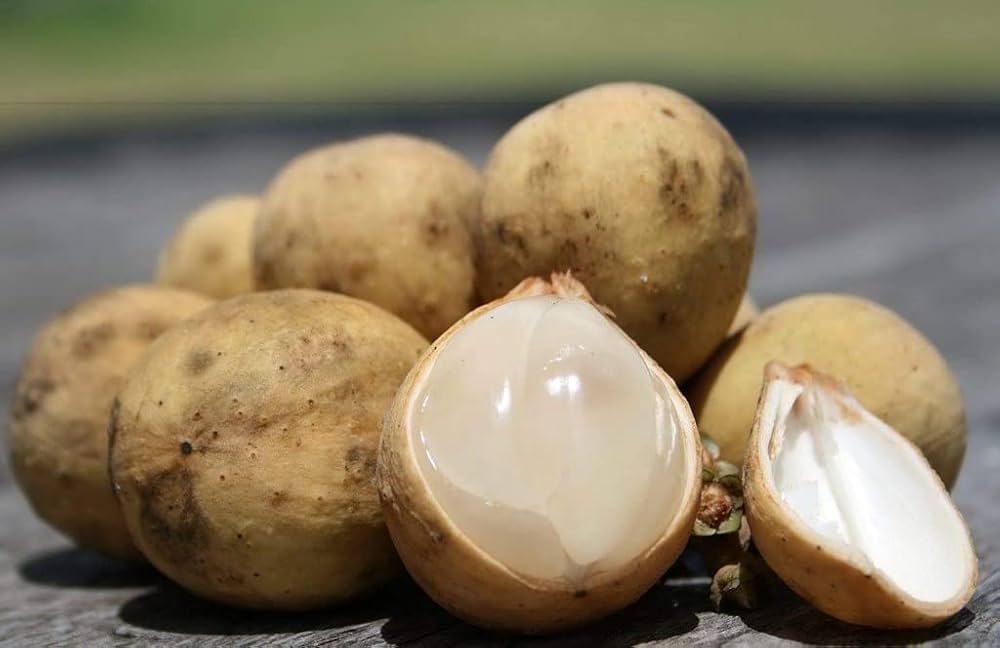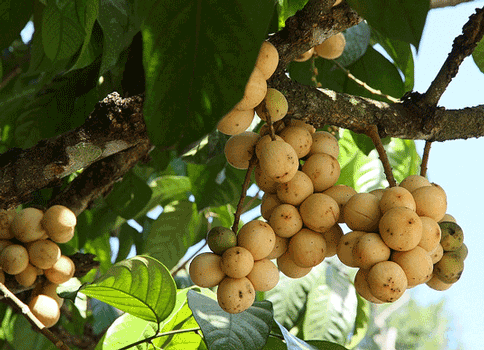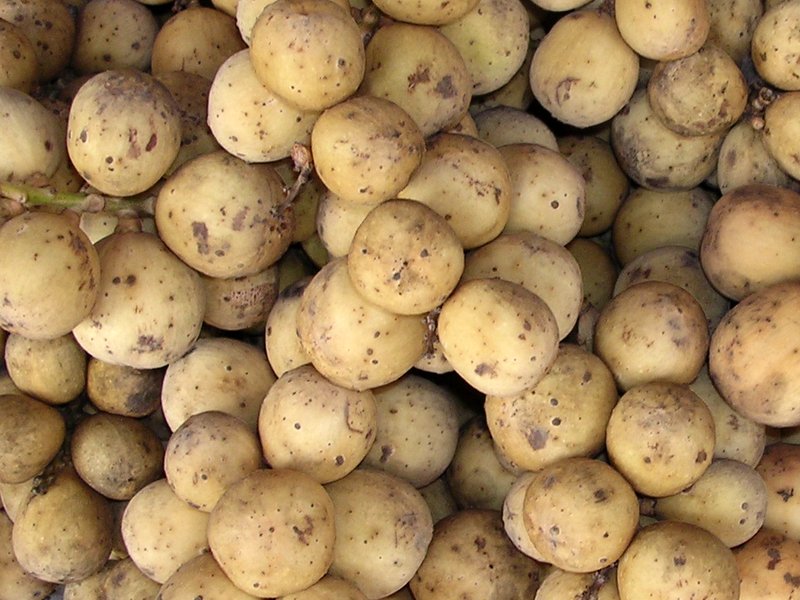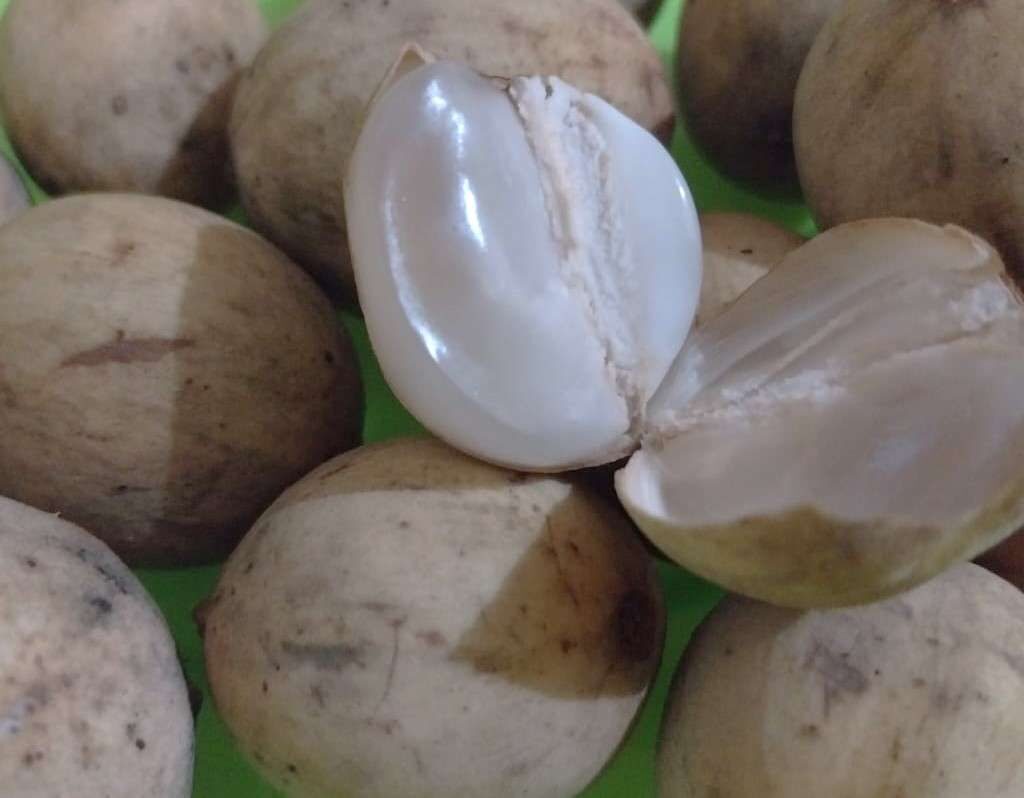Tropical fruits have long held a significant place in the culinary and agricultural traditions of Southeast Asia. Among these, Langsat (Lansium domesticum) stands out as a delicious, seasonal fruit valued for its sweet-tangy flavor, health benefits, and cultural significance. Known by various names such as lanzones in the Philippines, duku in Malaysia, and longkong in Thailand, langsat is both a commercial crop and a treasured fruit in local communities.
While langsat is grown in several tropical countries, one nation has emerged as the clear global leader in its production: Indonesia. This article explores the global distribution of langsat, details why Indonesia holds the top spot, and examines the fruit’s agricultural, nutritional, and cultural importance.
What is Langsat?
Langsat (Lansium domesticum) is a tropical fruit tree belonging to the Meliaceae family. It is native to the Malay Archipelago, with naturalized populations in neighboring countries. The fruit grows in clusters, resembling small, round, or oval grapes with thin, leathery yellowish skin. When peeled, it reveals translucent white segments of juicy, sweet, and slightly tangy flesh, often containing 1–3 bitter seeds.
Langsat trees thrive in humid tropical climates, particularly in areas with fertile, well-drained soil and elevations up to 600 meters. The trees take several years to mature and produce fruit but can yield abundant harvests when cultivated under optimal conditions.
Global Distribution of Langsat Production

Langsat cultivation is concentrated in Southeast Asia, where it is widely grown both in commercial orchards and backyard gardens. Major producing countries include:
- Indonesia
- Thailand
- Malaysia
- Philippines
Minor cultivation also occurs in:
- Vietnam
- Sri Lanka
- India (Andaman and Nicobar Islands, Kerala)
- Hawaii
- Central America (on an experimental basis)
Among these, Indonesia consistently leads global production, followed by Thailand and Malaysia. The Philippines also maintains a considerable area under langsat cultivation, especially in the provinces of Camiguin and Laguna.
Why Indonesia Leads Global Langsat Production

Favorable Climate and Geography
Indonesia’s tropical rainforest climate, with high humidity and rainfall exceeding 2,000 mm annually, provides ideal growing conditions for langsat trees. The country’s rich volcanic soil and vast stretches of forested lowlands make it particularly suitable for langsat orchards and agroforestry systems.
Langsat is extensively grown across Java, Sumatra, Kalimantan (Borneo), and parts of Sulawesi. West Kalimantan, for instance, has over 146,000 langsat trees, with some individual trees producing up to 80 kg of fruit annually.
Large-Scale Cultivation and Agroforestry Systems
Unlike some neighboring countries where langsat is mainly grown in backyard gardens, Indonesia practices large-scale langsat cultivation, often integrating it into agroforestry systems alongside other valuable crops like durian, mangosteen, and timber species. This mixed-cropping approach not only boosts biodiversity but also ensures sustainable use of land and resources.
Cultural and Economic Importance
Langsat holds cultural significance in Indonesian communities and is an important component of local diets and traditional markets. It is consumed fresh, made into candies, jams, and syrups, and used in traditional medicine.
The fruit contributes to rural livelihoods, especially during its harvest season, when it becomes a major commodity in local markets. Seasonal demand creates job opportunities in harvesting, transport, and trading.
Strong Domestic Demand
Unlike many tropical fruits that are grown primarily for export, langsat enjoys strong domestic demand in Indonesia. The fruit is highly popular in both rural and urban areas, keeping most of the production within the country. This ensures consistent market value and incentivizes farmers to continue cultivating it on a large scale.
Comparison with Other Producing Countries

Let’s briefly compare Indonesia’s langsat industry with that of other major producers:
| Country | Cultivation Area (ha) | Estimated Annual Production (tons) | Role |
|---|---|---|---|
| Indonesia | 22,000+ | 206,000+ | Largest producer globally |
| Thailand | 8,000+ | 80,000–100,000 | Agroforestry, cultural festivals |
| Malaysia | 6,000+ | 60,000 | Local consumption, some exports |
| Philippines | 7,300 | 49,500 | Festival fruit, local markets |
Data sourced from FAO reports and Southeast Asian agricultural studies.
Nutritional and Medicinal Benefits of Langsat

Langsat is more than just a tasty tropical treat; it also offers several health benefits:
- Rich in vitamins A, B1, B2, and C
- Contains dietary fiber that aids digestion
- Provides essential minerals such as calcium, phosphorus, and iron
- Antioxidants in langsat help combat free radicals and reduce inflammation
- Traditional uses include remedies for fever, diarrhea, and intestinal parasites
Langsat seeds have been used in folk medicine for their anti-malarial and anti-inflammatory properties.
Cultural Significance and Festivals
Langsat holds a special place in Southeast Asian culture:
- In Indonesia, langsat features prominently in local cuisine and rituals. It’s a staple during harvest festivals and family gatherings.
- Thailand celebrates the annual Uttaradit Langsat Festival, featuring cultural shows, agricultural fairs, and langsat competitions.
- The Philippines hosts the Lanzones Festival in Camiguin, one of the most colorful fruit festivals in the country, attracting thousands of tourists each year.
These events not only showcase the fruit’s importance but also contribute to rural tourism and cultural preservation.
Challenges in Langsat Cultivation
Despite its popularity, langsat cultivation faces several challenges:
- Long Maturation Period: Langsat trees typically take 10–12 years from seed to fruit-bearing age, though this can be shortened through grafting and air-layering techniques.
- Seasonal Availability: The fruit is highly seasonal, usually available from June to October.
- Short Shelf Life: Fresh langsat lasts only a few days after harvest, limiting its export potential without advanced storage and processing.
- Limited Export Infrastructure: While there’s growing demand in international niche markets, logistics and post-harvest handling remain underdeveloped in most producing countries.
Future Prospects and Opportunities
Langsat holds immense potential for expansion:
- Value-Added Products: Langsat can be processed into jams, candies, juices, and even fermented wines to reduce post-harvest losses.
- Agroforestry Programs: Promoting langsat in mixed-cropping systems enhances biodiversity and land productivity.
- Export Opportunities: With improved storage, processing, and marketing, langsat could find new markets in Europe, Japan, and the Middle East.
- Research and Development: Investment in faster-maturing cultivars and disease-resistant strains would greatly benefit growers.
Conclusion
In conclusion, Indonesia stands as the largest langsat producer globally, owing to its favorable climate, large-scale cultivation practices, cultural attachment, and strong domestic demand. While other countries like Thailand, Malaysia, and the Philippines contribute significantly to regional production, Indonesia’s output surpasses them all.
As global interest in exotic and health-promoting tropical fruits rises, langsat’s commercial potential continues to grow. With strategic investment in value-added processing, export development, and sustainable cultivation, langsat could become one of Southeast Asia’s most valuable fruit commodities — and Indonesia will likely continue leading the way.





